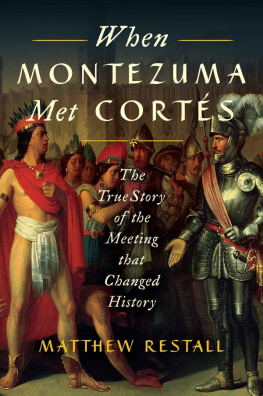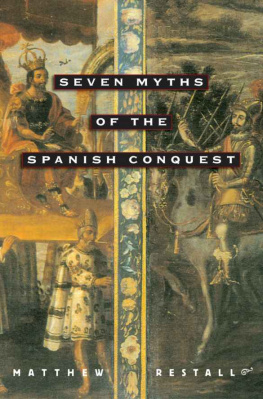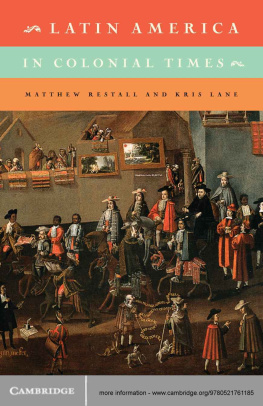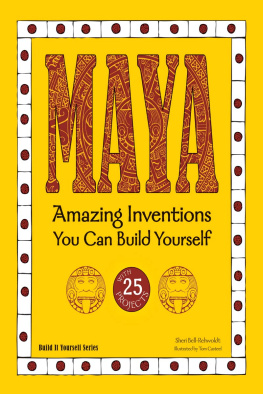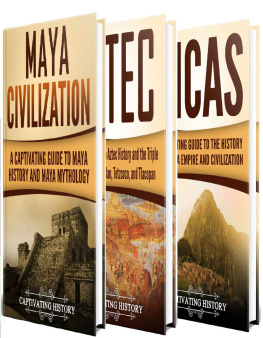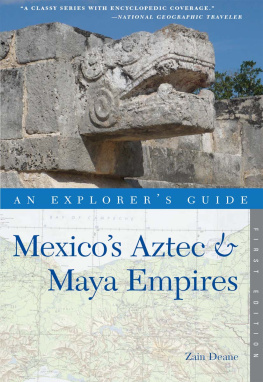The epigrams are the final line of Discreation, a poem by the Mexican writer and environmental activist Homero Aridjis, translation by George McWhirter in the New York Times, October 4, 2020, Opinion p. 6, and in A Time of Angels (City Lights, 2012); and a line from the chorus of Justin Biebers Beauty and a Beat, written by Max Martin, Anton Zaslavski, Savan Kotecha, and Onika Maraj, on Believe (Island Records, 2012).
CHAPTER 1
The first translation of the Tortuguero Monument 6 text was published by Stephen D. Houston and David Stuart, Of Gods, Glyphs, and Kings: Divinity and Rulership among the Classic Maya, Antiquity 70 (1996): 289312. There are further comments by Houston, Stuart, and others on the text at the Maya Decipherment blog (mayadecipherment.com), and Stuart summarized his reading (and 2012ologys misreading) of it in The Order of Days: The Maya World and the Truth About 2012 (Harmony Books, 2011): 2526 and 31015. Meanwhile, Sven Gronemeyer and Barbara MacLeod offered a comprehensive treatment of the text in What Could Happen in 2012: A Re-Analysis of the 13-Baktun Prophecy on Tortuguero Monument 6, in Wayeb Notes 34 (2010), available at https://www.wayeb.org/.
Matthew Restall and Amara Solari, The Maya: A Very Short Introduction (Oxford University Press, 2020) is another short book by us that parallels this one, less overlapping with it and more offering an overview of Maya civilization and history from its origins to the present. There is, however, a copious literature focusing on the precontact Maya; the following works are merely a small selection of fine studies. An excellent survey that briefly details all aspects of ancient Maya life, while also deftly summarizing the debates among Mayanists, is Stephen Houston and Takeshi Inomata, The Classic Maya (Cambridge University Press, 2009). On Maya cities, see Scott R. Hutson, The Ancient Urban Maya: Neighborhoods, Inequality, and Built Form (University Press of Florida, 2016). On the decipherment of Maya writing, we recommend Michael Coes Breaking the Maya Code (Thames & Hudson, 1999 revised edition), and on the political history that the glyphs record, Simon Martin and Nikolai Grube, Chronicle of Maya Kings and Queens (Thames & Hudson, 2008 revised edition). On Maya art, see the various books by Mary Miller; Houston, The Life Within: Classic Maya and the Matter of Permanence (Yale University Press, 2014); and on art and writing, Andrea Stone and Marc Zender, Reading Maya Art: A Hieroglyphic Guide to Ancient Maya Painting and Sculpture (Thames & Hudson, 2011). In our opinion, the best study of the collapse period in Maya history is by our Penn State colleague, David Webster, The Fall of the Ancient Maya: Solving the Mystery of the Maya Collapse (Thames & Hudson, 2002). On the calendar, see Stuarts masterful The Order of Days (his comments on the octillion years and virtuosity of the Grand Long Count are on pp. 241, 245, and 250), and Prudence M. Rice, Maya Calendar Origins: Monuments, Mythistory, and the Materialization of Time (University of Texas Press, 2007).
On Copan and Quirigu, two excellent books by leading Mayanists are William L. Fash, Scribes, Warriors and Kings: The City of Copn and the Ancient Maya (Thames & Hudson, 1991) and Matthew Looper, Lightning Warrior: Maya Art and Kingship at Quirigu (University of Texas Press, 2003).
The John Major Jenkins quote is from his alignment2012.com website, but also see his various books, such as The 2012 Story: The Myths, Fallacies, and Truth behind the Most Intriguing Date in History (Tarcher/Penguin, 2009). Jenkins was not a professional academic, he railed against such scholars, and he often ignored the basic rules of evidence and argument followed by Mayanists. However, he was in a different league than other nonacademic 2012 writers; he was prolific yet wrote engagingly and often persuasively, he exhibited a profound and passionate appreciation and respect for Maya culture, and above all he was well intentioned, condemning the scaremongers and insisting that 2012 would bring positive changes. His death from cancer at the age of fifty-three, just four and a half years after the end-date that he promoted so avidly, was a tragic loss.
We suggest that readers interested in moving on to additional books about the 2012 phenomenon consider Jenkinss The 2012 Story for the perspectives of 2012ology, and for accessible yet scholarly explorations of the ways in which Maya calendrics and astronomy have been misunderstood, Anthony Avenis The End of Time: The Maya Mystery of 2012 (University Press of Colorado, 2009) and Stuarts The Order of Days.
Unless otherwise noted, the transcriptions and translations from the Books of Chilam Balam are our own, made from the original manuscripts. The Edmonson and Bricker quote is from their Supplement Volume 3: Literatures to the Handbook of Middle American Indians (University of Texas Press, 1985), p. 51; and the Edmonson quotes are from his Heaven Born Merida and Its Destiny: The Book of Chilam Balam of Chumayel (University of Texas Press, 1986), pp. 44 and 153. Full translations of the Chumayel were made by Ralph L. Roys in 1933 (University of Oklahoma Press edition, 1967), of the Tizimin and Chumayel by Munro Edmonson in the 1980s (both University of Texas Press), and most recently of the Chumayel by Richard Luxton (Aegean Park Press, 1995).
The quote from Landa can be found in any edition of his Relacin de las cosas de Yucatn (e.g., Dastin, 2002, p. 115), but also see Matthew Restall, Amara Solari, John F. Chuchiak IV, and Traci Ardren, The Friar and the Maya: Diego de Landas Account of the Things of Yucatan (University Press of Colorado, 2022).
CHAPTER 2
The quotes at the top of the chapter are by Dennis Overbye, Is Doomsday Coming? Perhaps, but Not in 2012, New York Times, November 16, 2009 (accessed at http://www.nytimes.com/2009/11/17/science/17essay.html; and from Jenkins, The 2012 Story, p. 60).
The placing of the Tortuguero text in the context of Naranjo and La Corona is from Stephen Houstons comments posted on the Maya Decipherment blog (mayadecipherment.com). Stuarts wrong and absolutely not quotes are from The Order of Days, p. 315; his airtight quote from p. 192. For a more detailed discussion of the Palenque glyphs, see Linda Schele and David Freidel, A Forest of Kings: The Untold Story of the Ancient Maya (Morrow, 1990), especially pp. 23761.
Stephen Jay Goulds witty little book on Y2K is Questioning the Millennium: A Rationalists Guide to a Precisely Arbitrary Countdown (Harmony, 1997).
The quote by Mary Ellen Miller is from p. 8 of her


